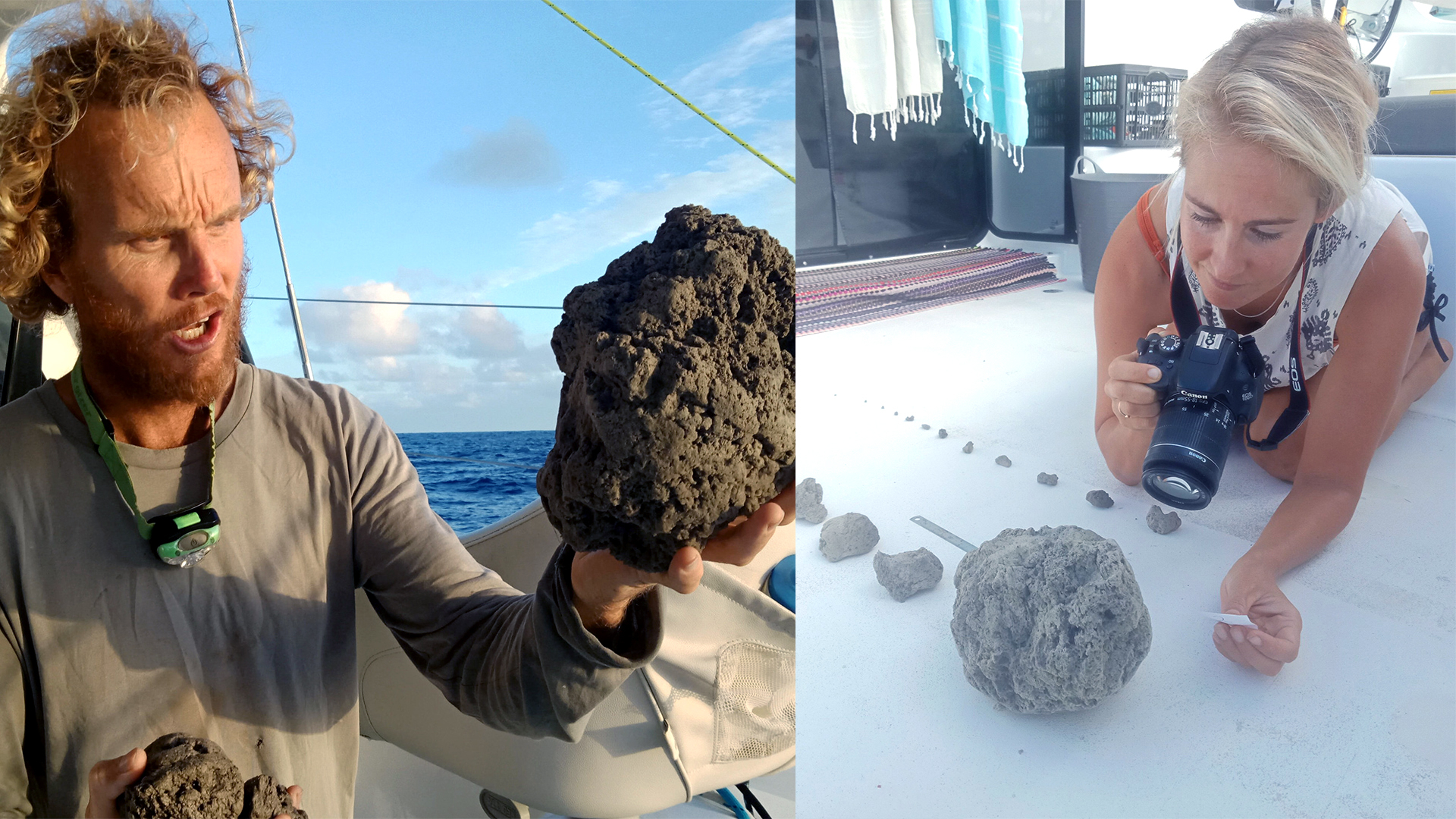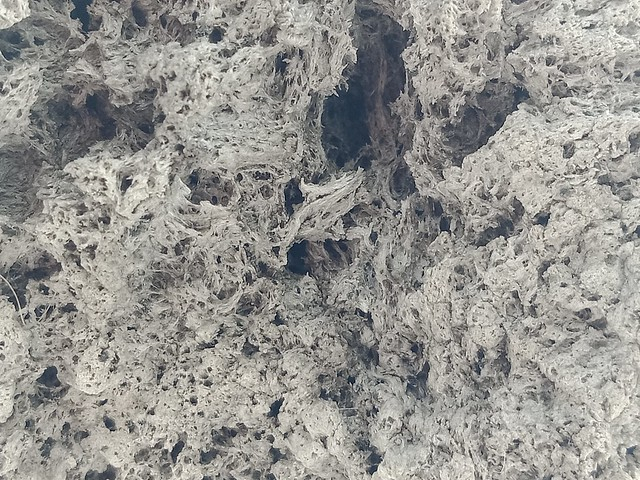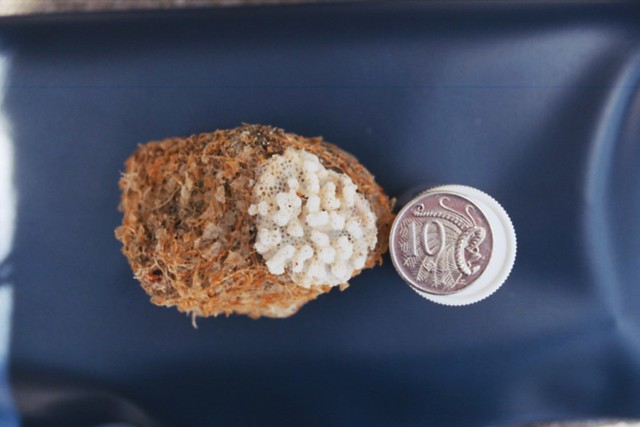

Mick Hoult (L) and Larissa Brill (R) with samples of the volcanic pumice they encountered sailing to Fiji. /Credit: SailSurfROAM
Trillions of pieces of volcanic rocks covering an area of 150 square kilometers in the Pacific Ocean, slowly floating towards Australia, are likely to give a new lease of life to the Great Barrier Reef, said researchers from the Queensland University of Technology.
The rocks of varying sizes emerged after an underground volcanic eruption near Tonga on August 7. The rocks are made up of pumice stones that have deep pores and are light enough to float on the water.

Some of the pumice SailSurfROAM encountered sailing to Fiji. /Credit: SailSurfROAM
Traveling at a speed of 10 to 15 kilometers per hour, they will reach Australia's coastline in seven to eight months. During the course of the journey, these rocks will cross through Fiji, coming in contact with various marine organisms.
"The deep pores of rocks would collect millions of these organisms. When they finally arrive here, they would be teeming with massive colonies of creatures that can restock the Great Barrier Reef," Scott Bryan, associate professor, Queensland University of Technology told CGTN.
The raft of rocks was first reported by Australian couple Michael Hoult and Larissa Brill, on August 15 who were on a voyage to Vanuatu.
In a Facebook post, they said, "we entered a total rock rubble slick made up of pumice stones from marble to basketball size. The rubble slick went as far as we could see in the moonlight and with our spotlight."

Twitter Screenshot
Hopes for Great Barrier Reef revival
Stretching up to more than 2,000 kilometers, the Great Barrier Reef is the world's largest coral reef, facing a threat to its survival due to climate change.
The two consecutive years of marine heatwaves in 2016 and 2017 caused severe bleaching and loss of corals along two-thirds of the reef.
Last month, concerned over the adverse impact of greenhouse gas emissions warming the seawater, the Great Barrier Reef Marine Park Authority released a statement calling for global help to conserve the reef.
"If bleaching becomes more frequent and more intense, there will not be enough time for reefs to recover and persist as coral-dominated systems in their current form," the statement said.

A piece of pumice with a coral on it from a 2001 eruption. /Credit: Queensland University of Technology
The new batch of reef creatures transported by the volcanic rocks is likely to revive the Great Coral Reef. "These rocks are likely to carry organisms that are resilient to climate change and have survived the impact of human activity along the coastline," Bryan said.
Such events happen every five years. But this year, it has happened during the season when marine organisms grow at a faster rate. The timing of the event has raised hopes for a positive change at the Great Barrier Reef, Bryan added.

Copyright © 2018 CGTN. Beijing ICP prepared NO.16065310-3
Copyright © 2018 CGTN. Beijing ICP prepared NO.16065310-3